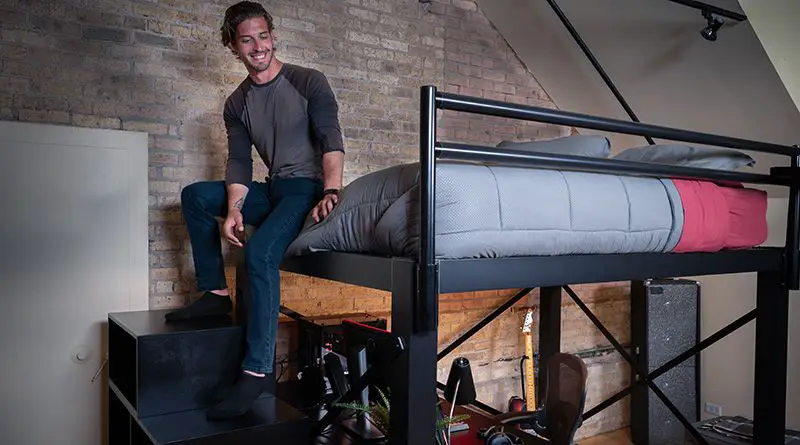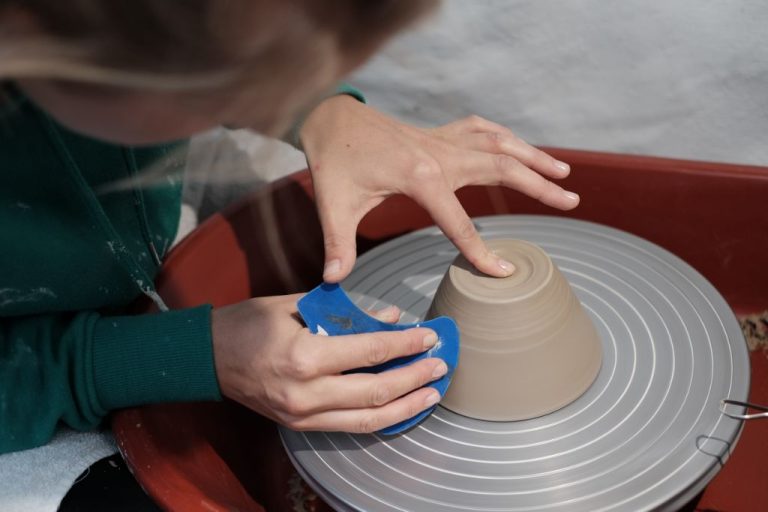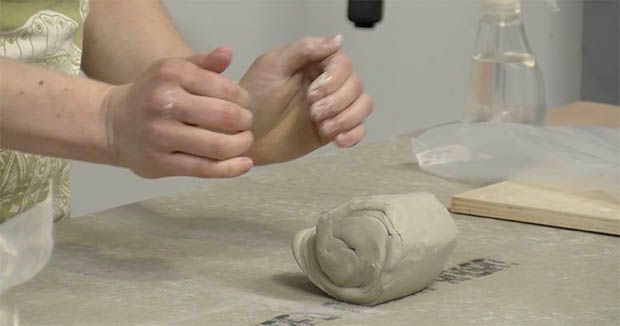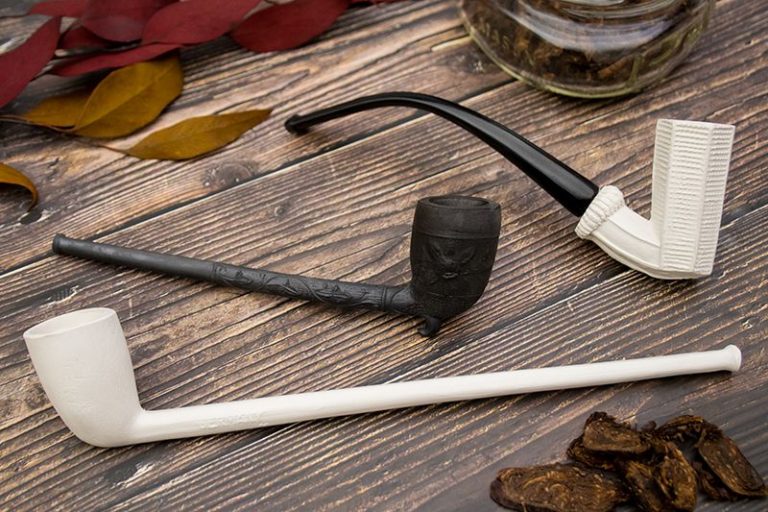What Is The Weight Limit For The Pottery Barn Loft Bed?
Pottery Barn is a popular American retailer known for its stylish and high-quality home furnishings. The company was founded in 1949 in San Francisco, originally selling a variety of earthenware pottery (source). Over the years, Pottery Barn expanded its selection to include furniture, bedding, decor and more. Today, the brand has stores across the United States and Canada, as well as an e-commerce website.
One of Pottery Barn’s most popular furniture items is their loft bed. A loft bed is a type of bunk bed designed to maximize space in a room. The bed is elevated on posts or pillars, creating space underneath for additional furniture like a desk, dresser or sofa. Loft beds allow the footprint of a standard twin bed to be stacked vertically, rather than occupy a larger floorspace. Pottery Barn offers several loft bed designs to suit different styles and needs.
What is a Loft Bed?
A loft bed is a type of bunk bed that is elevated high off the ground to maximize floor space underneath. Unlike regular bunk beds which have another bed underneath, loft beds typically have an open space underneath that can be used as a play area, work space, or extra storage (Epgz, 2023). The elevated sleeping area, or loft, is accessed by a ladder or steps attached to the bed frame.
Loft beds allow for efficient use of limited space in bedrooms, dorm rooms, apartments, cabins and other living areas. By utilizing vertical space, loft beds provide an extra floor level for sleeping while keeping the ground level open. The open space under the loft bed can then be used for other purposes like placing a desk, sofa, dresser or storage (Loftconversionlondon, 2021).
In summary, a loft bed is a bunk bed designed with extra overhead space for sleeping above an open, usable area underneath. They maximize floor space in compact rooms by stacking the sleeping area vertically.
Pottery Barn Loft Beds
Pottery Barn offers a variety of loft bed models and configurations for kids and adults. Some of their most popular options include:
The Catalina – This classic loft bed frame comes in twin, full, and queen sizes. It features an open underneath space for placing a desk, dresser, or storage bench.
The Mackenzie – This model combines a loft bed on top with a built-in desk and shelves underneath, maximizing your child’s space.
The Westport – A contemporary loft bed made of solid pine and available in full and queen sizes. It includes LED lighting and power outlets built into the frame.
In addition to standard loft beds, Pottery Barn also offers stair-style bunk beds, customized designs, and coordinating accessories like desks, dressers, and bookshelves to complete the look.
Weight Considerations for Loft Beds
When determining whether a loft bed is suitable, one of the most important factors to consider is the weight limit. Exceeding the recommended capacity can lead to catastrophic failures and poses serious safety risks. It is critical to choose a loft bed that can safely accommodate the intended users.
Weight limits for loft beds are typically lower than standard beds because the weight is concentrated on the structure rather than distributed over a box spring and mattress. According to furniture experts, loft beds usually have weight limits between 250-500 lbs total (including mattress weight). However, high quality beds made from hardwood or steel can accommodate adults over 200 lbs on the top bunk.
Weight capacity is especially important for the top bunk, where excess load has the greatest chance of compromising stability. Parents must ensure their children are within the safe range for the top bunk to prevent collapses. For adults using loft beds, it is advisable to use the bottom bunk which often has a higher weight threshold. Individuals over 200 lbs should verify with the manufacturer that the bed can safely support their weight.
While some discount loft beds may seem like a bargain, it is prudent to spend a little more for a quality product that meets safety standards. Exceeding the recommended weight capacity risks broken welds, bent metal braces, cracked wood frames, and sudden, dangerous failures. When it comes to loft bed safety for children and adults alike, the weight limit matters.
Weight Limit of the Pottery Barn Loft Bed
According to the Pottery Barn website, most of their loft beds have a weight limit of 400 pounds. This weight capacity is indicated on the product pages for beds like the Organic Cotton Loft Bed and the Rustic Loft, among others.
Specifically, the Classic Loft Bed is listed as having a 400 lb weight limit on the Pottery Barn site [1]. The bed frame and slats are able to safely support up to 400 lbs, whether that weight comes from a mattress, bedding, and a person or persons sleeping on the bed.

Exceeding 400 lbs on a Pottery Barn loft bed could potentially lead to damage or failure of the structure. Most standard loft bed frames are engineered for a 400 lb capacity to provide strength and stability without being over-engineered.
Weight Distribution on Loft Beds
Proper weight distribution is crucial for the safety and longevity of a loft bed. With any raised bed, the weight must be evenly dispersed across the frame and platform to avoid putting too much stress on one area. Loft beds are designed to hold up to 1000 lbs total weight when the load is properly distributed, according to specifications from leading manufacturers like College Bed Lofts (https://www.collegebedlofts.com/loft-beds-bunk-bed-product-specifications.html).
To distribute weight evenly, the mattress or sleeping surface should cover the entire platform so the user’s weight does not concentrate in one spot. Sleeping near the center of the bed is ideal. Placing the heaviest items, like books or storage bins, near the walls or corners can also improve weight distribution. Avoid placing excess weight on one side or in one area consistently over time.
Proper assembly and setup is also key for even weight distribution. All parts should be securely fastened together according to instructions. Check that the bed frame sits level on the floor with no wobbling or leaning to one side. Setting up the bed improperly can lead to uneven weight distribution and potential structural issues down the road.
Using Loft Beds Safely
Loft beds can be fun and space-saving, but it’s important to use them safely to avoid injuries. Here are some tips for safe use of loft beds for both kids and adults:
Install guardrails on both long sides of the bed. Guardrails should be at least 5 inches above the mattress to prevent falls. Check that guardrails have no more than 4.5 inches between slats to prevent entrapment.
Don’t allow kids under 6 years old to use the upper bunk. Children should be mature enough to get in and out of the bed safely.
Ensure the mattress fits snugly in the bed frame. Gaps larger than two finger widths could lead to entrapment.
Use a ladder for safe access to the loft. Do not allow jumping from or onto the upper bunk.
Do not allow playing, jumping, or horseplay on or around the loft bed to avoid falls and injuries.
Place safety rules and age guidelines near the ladder as a visual reminder.
Use a night light to improve visibility for nighttime trips up and down from the loft.
Inspect the loft bed frequently for loose screws, damaged parts, and wear to ensure ongoing safety.
Adhere to the manufacturer’s weight limits and distribute weight evenly across the bed.
As with any bunk bed, loft beds require extra safety steps to allow for worry-free use.
Exceeding the Weight Limit
Exceeding the specified weight limit for a loft bed can be very dangerous and is not recommended. The weight limits are carefully determined by the manufacturers based on testing and engineering specifications. Going over the limit puts excessive stress on the bed frame, hardware, and structural components.
There are several risks associated with exceeding the weight capacity of a loft bed:
- The bed platform could bend, sag, or even collapse suddenly. This poses a falling hazard that could lead to serious injury.
- Bolts and joints may break over time with repeated overloading. This can cause the bed to fall apart without warning.
- The loft bed legs or frame may crack or snap if the load is too heavy.
- Wall connections may loosen or pull out from the wall, making the whole structure unstable.
- Excess weight magnifies motion and bounce, increasing the chances of a catastrophic failure.
In summary, exceeding the specified weight capacity of any loft bed can compromise the integrity of the structure. The risks include sudden collapse, broken parts, instability, and an increased falling hazard. It’s critical to adhere to the manufacturer’s weight limit for safe use.
Alternatives for Heavy Sleepers
For people who exceed the weight limit for the Pottery Barn loft bed, there are some other great bed options to consider that can comfortably support heavier weights.
One top-rated mattress designed specifically for heavier individuals is the Big Fig mattress (https://www.cnet.com/health/sleep/best-mattress-for-heavy-people/). It comes in various sizes and is engineered with high-density foams and reinforced edges to provide extra support, durability, and stability for people who weigh up to 1,100 pounds.
Sleep research organizations like Sleepopolis (https://sleepopolis.com/best-mattress/best-mattress-for-heavy-people/) recommend looking for mattresses that have thicker comfort layers, reinforced edges, and higher density foams. Mattresses like the Titan Plus, WinkBed Plus, and Helix Twilight Luxe rate well for providing the right balance of comfort and support.
Adjustable bases that allow you to elevate the head and feet can also help take pressure off hips and shoulders for side sleepers. Split king beds allow each side to be customized. Consulting with a doctor or physical therapist may provide personalized advice as well.
With the right mattress and base that provides sturdy support, heavy individuals can get a good night’s sleep. While the Pottery Barn loft bed has a weight limit, there are quality alternatives designed for heavier body types and sleep preferences.
Conclusion
In summary, the Pottery Barn loft bed has a weight limit of 400 pounds, as specified by the manufacturer. This limit applies to both the upper bunk and the lower bed, meaning the total load capacity is 400 pounds whether used as a bunk bed or converted into a loft bed.
To use the loft bed safely, it’s important not to exceed this weight limit, and to distribute weight evenly across the frame. Proper weight distribution will reduce stress on the structure. While occasional, temporary use by larger individuals may be acceptable, it’s best to avoid long-term use over the limit.
For those who require extra capacity, reinforced metal loft beds or custom-built bunks may be a better solution. When shopping for a loft bed, be sure to check the manufacturer’s weight limits carefully.
With proper care and use within its limits, a Pottery Barn loft bed can serve you well for years. Just be mindful of the weight capacity, and enjoy the space-saving versatility of this stylish design.




